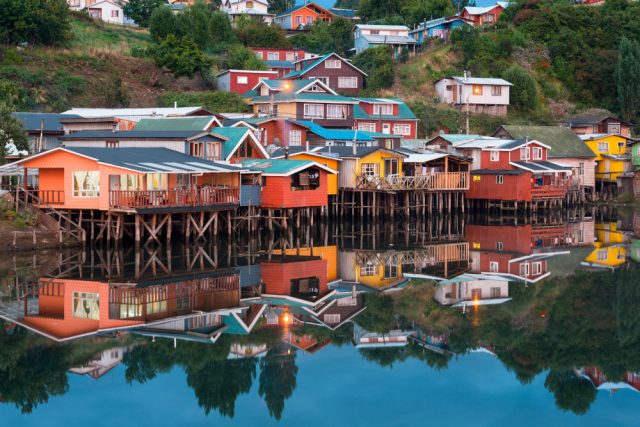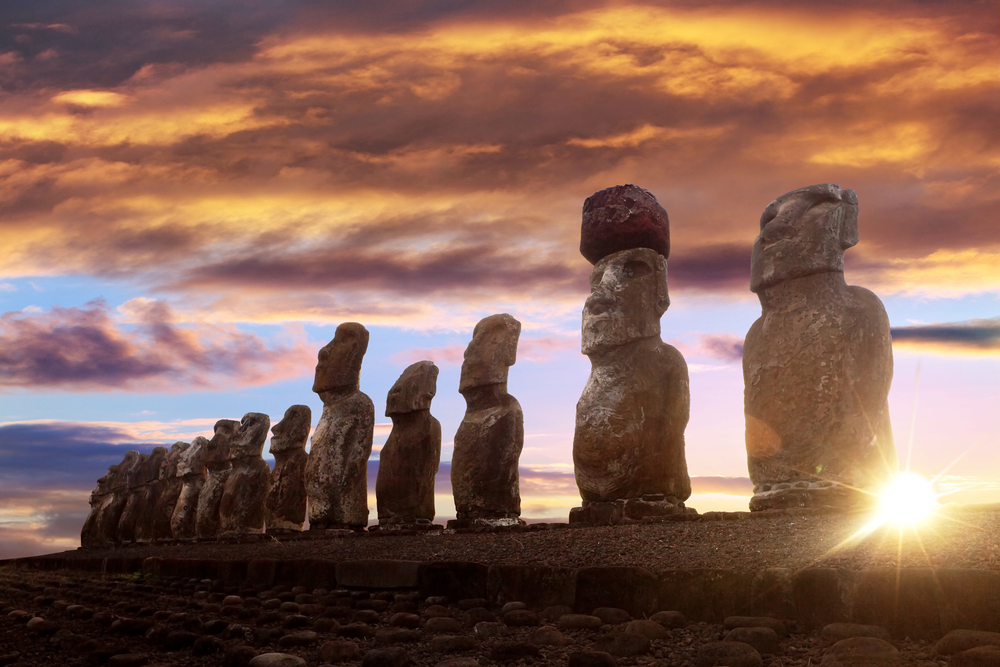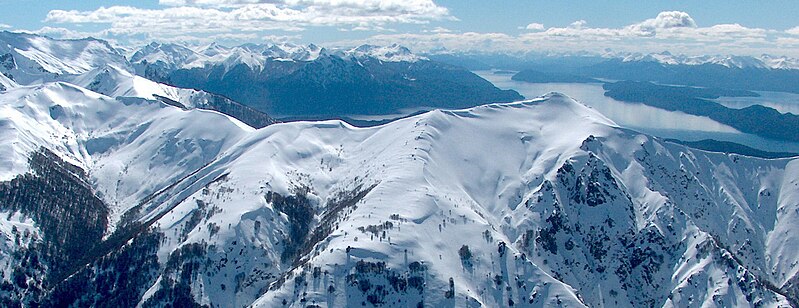dabidy
Most major cities and many towns in LatAm of course pull out all the stops to ring out the old and ring in the new. But a few are particularly special for a truly unforgettable NYE experience. And here are five excellent examples:
Rio de Janeiro
I don´t have to tell you that Rio knows how to party, and Copacabana Beach hosts one of the most famous New Year's Eve celebrations (known here as Reveillon) in the world, attracting millions of revelers (many dressed in white for good luck). T






